This New Cookbook Proves California Cuisine Is Impossible to Pin Down
Melding a vegetable-forward approach with Middle Eastern and Mediterranean flavors, the chefs of Kismet in Los Angeles defy categorization.
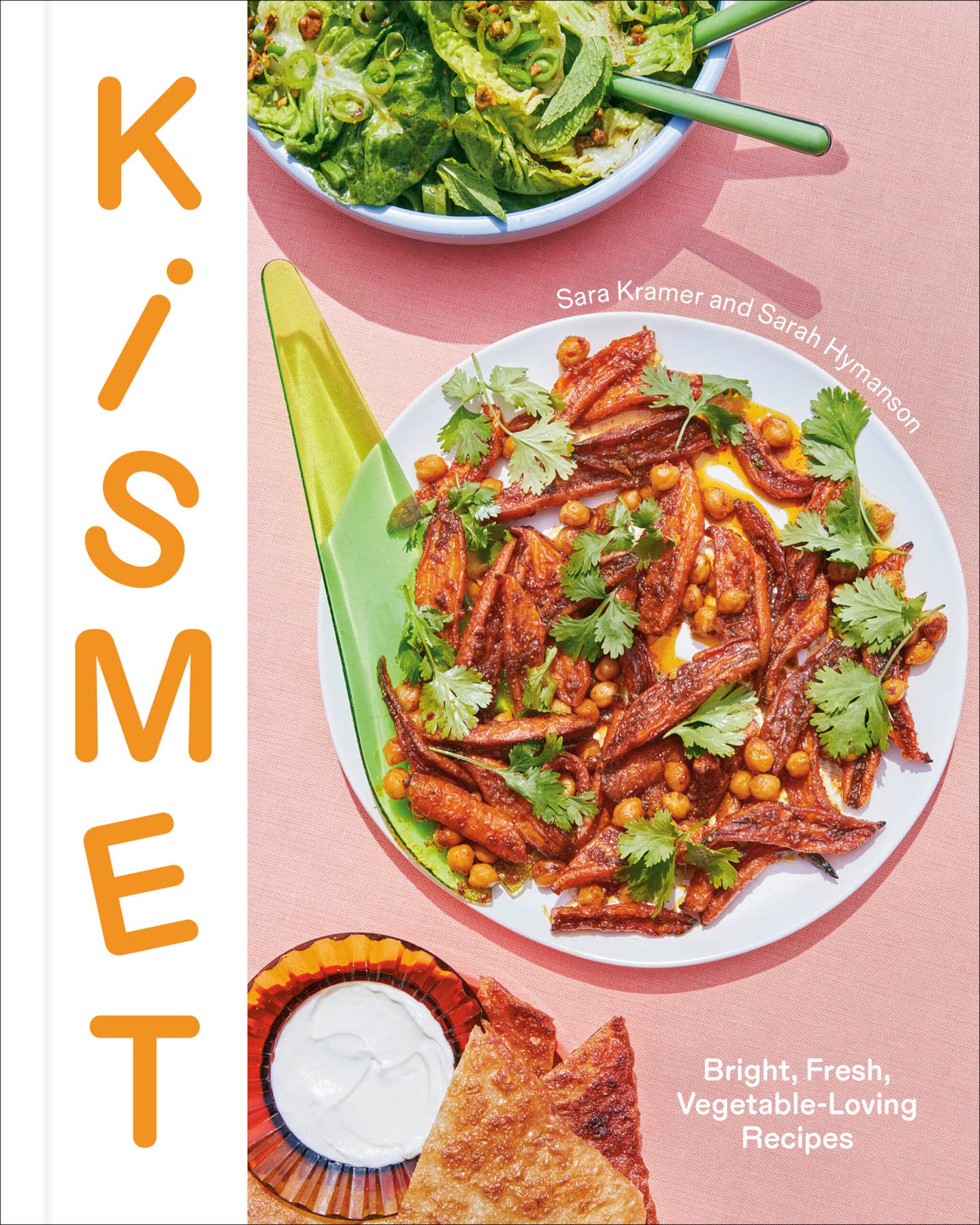
This interview is brought to you by the SAVEUR Cookbook Club, our passionate community of food-loving readers from around the globe celebrating our favorite authors and recipes. Join us as we cook through a new book every month, and share your food pics and vids on social media with the hashtags #SAVEURCookbookClub and #EatTheWorld.
When describing the food offered at their Los Angeles restaurants Kismet and Kismet Rotisserie, chefs Sara Kramer and Sarah Hymanson refuse to stay in one lane. Some patterns do emerge: Do many dishes showcase the flavors and ingredients of the Middle East and Mediterranean? Yes. Do they source most of their vegetarian dishes in the “farm-to-table” tradition? For sure. Do they make a killer roast chicken? Yes again.
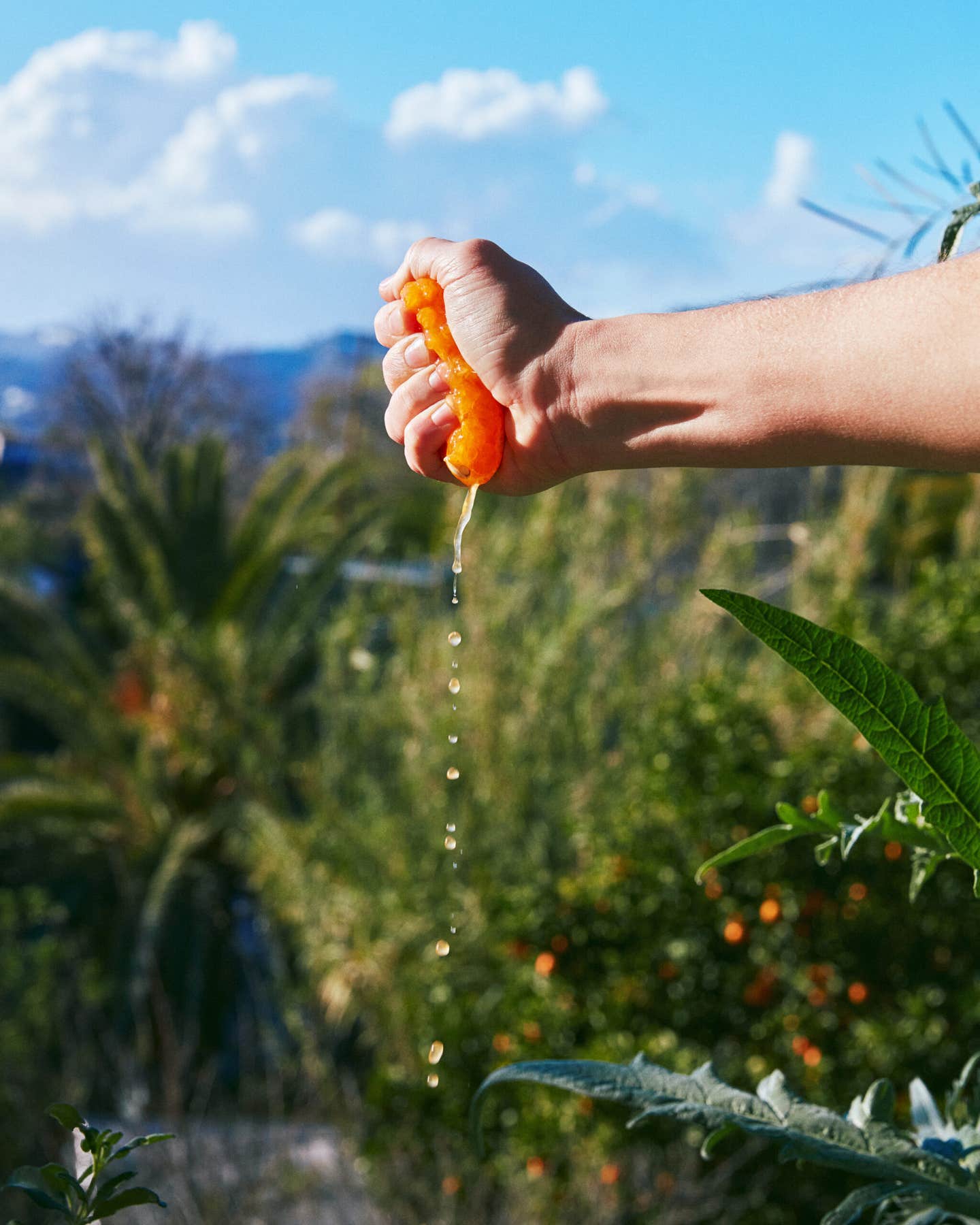
Yet no single label can fully capture Kramer and Hymanson’s gastronomic flair, either at their restaurants or in the dishes in their debut cookbook, Kismet: Bright, Fresh, and Vegetable-Loving Recipes. After building their respective careers in some of the best restaurants of New York—Marlow and Sons, Blue Hill at Stone Barns, and Glasserie, to name a few—the duo decamped to the West Coast and established their dream of a neighborhood spot. Kismet still blends their many culinary influences, celebrates California’s diverse and wide-ranging produce, and engages their local community in the way only great cooking can. In speaking with Kramer and Hymanson from their homes in California, I learned how they brought their playful, generous ethos to the pages of Kismet, and how they developed more than 100 recipes that defy easy categorization, while still inviting everybody to the table.
Jessica Carbone: You say that this isn't a “restaurant book,” but one that you actually want people to cook from. Why?
Sara Kramer: It was important to us that this book could be cooked from—why else make a cookbook? There are books that are beautiful art objects, but that’s not quite our identity, and it made a lot more sense for us to make it super approachable. We also wanted to be clear about who we were. People have tried to pigeonhole us as a Middle Eastern or Mediterranean-inspired restaurant, but we wanted to show the breadth of what we could do. So that’s where my brain initially went: “How do we simplify the recipes without losing what makes our food ours?”
Sarah Hymanson: We had to take stock of our own ideas of what a good cookbook is, what makes something user-friendly, what makes it intimidating. We wanted to make sure that people who knew and loved us in L.A. could find what they wanted in the book. But for people who have no idea who we are, we want them to be able to pick it up, flip through it, and be intrigued.
SK: The whole project, from recipes to visuals, gave us an opportunity to look at the last 10+ years of working together; there’s a lot to celebrate.
SH: As restaurant chefs, our work disappears, and it’s amazing to have an object that will live on.
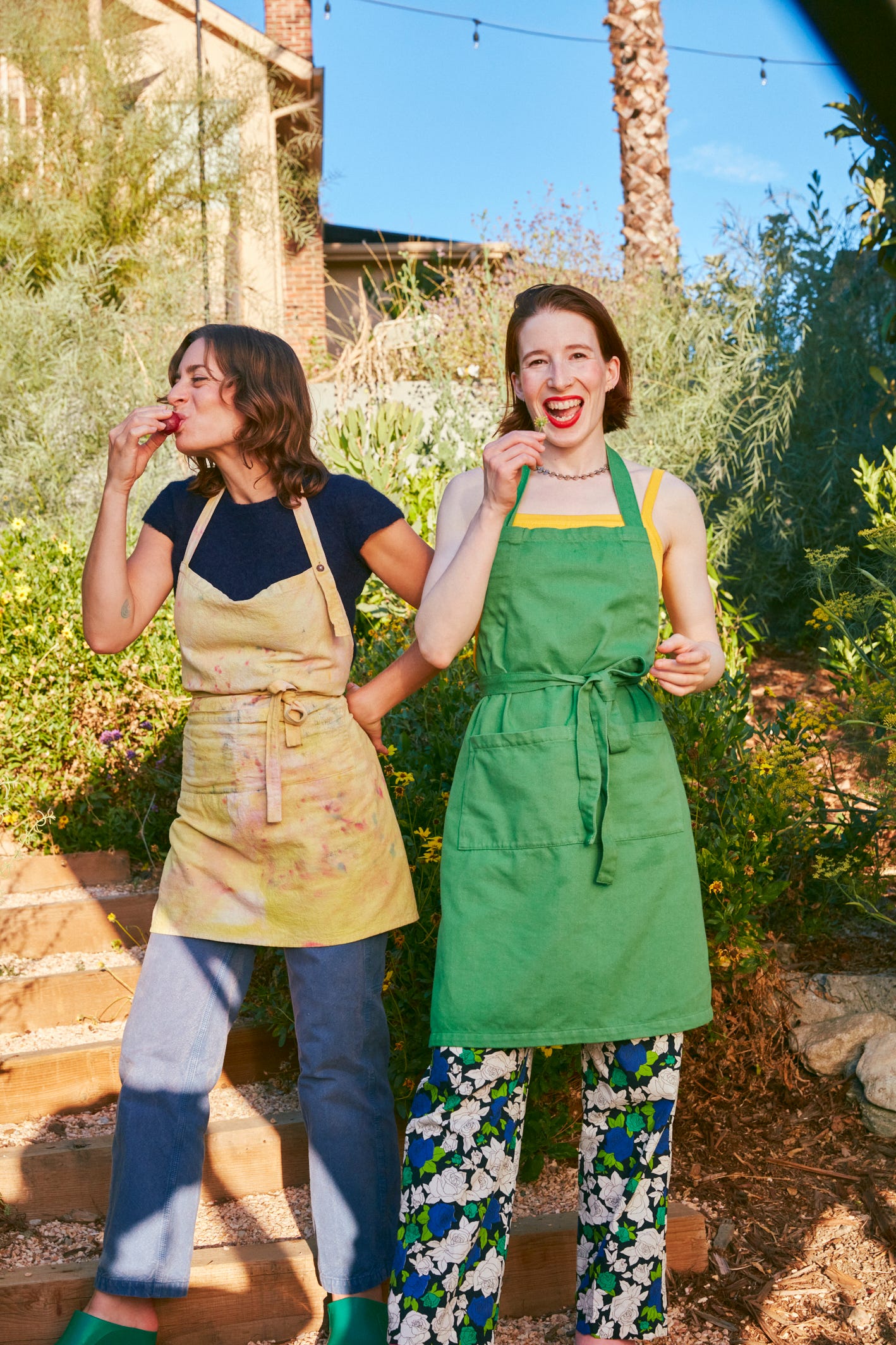
What did California food culture mean to you before moving to Los Angeles?
SH: I had very little experience of California before moving here. I went to San Francisco for spring break, and at the time I was a strict vegetarian, so I went to all these vegetarian restaurants, which was much easier to do there than in Chicago, where I grew up. So for me, I thought of Northern California as rooted in Alice Waters and hippie food. Southern California cuisine wasn’t in my lexicon when we moved to Los Angeles, but when we went to the farmers market, my mind was pretty blown. It was in the early spring, which is bleak in New York—just holding on until you compete with everyone else to get the first asparagus. But you come to California and there’s tons of asparagus and artichokes and lettuces…
SK: And kiwis.
SH: Yeah! We made a goat cheese and kiwi salad for dinner, and I just said, “What is this heaven?”
SK: Our number one food influence is rooted in the Mediterranean and the Middle East, and the climate here makes a lot of sense in relation to those influences. But there’s also a freedom in the cuisine here, and a lot of fusion that happens because of the availability of produce, and because of how diverse a place it is.
SH: Even going to the farmers market, there are so many growers from different backgrounds. There’s a huge Hmong farming population, and lots of Asian vegetables that make their way into cuisines that are not Asian, and many Latino growers as well. There’s Middle Eastern farmers growing melons and Armenians growing cucumbers, not to mention all the dates and pomegranates and olives.
One of your guiding principles is “untraditional food that understands tradition.” How do you bring that into practice?
SK: Our version of a Persian tahdig is a good example: We note where its inspiration came from, but we also acknowledge that we’re not trying to make that exact dish. We’re making a dish in a way that honors its roots, but makes sense in the context of our restaurant, our collaboration, and where we are in the world.
SH: When we’re working on a traditional dish, we’ll often talk about what it is that we like about it, then we think about how we can make it our own. We’re grateful to have the opportunity to learn from so many different cuisines, and we want to make sure that we’re always doing justice to a dish, even if we’re not doing it exactly how it’s supposed to be.
You use ingredients that do a lot of work, like grape leaf powder on a salad, or the pepperoncini in your grilled corn. Do you have other “secret weapon” ingredients?
SH: Fish sauce is amazing at delivering that umami.
SK: Yeah, you’re really good at getting umami from lots of different places, like the fermented tofu in the schnitzel sauce; it’s such a smart ingredient. It’s a funny thing to call raw garlic a “secret weapon,” but a lot of people shy away from it, especially in fine dining, where garlic is often blanched to oblivion, and then turned into a very gentle puree. Our flavors are very punchy and bold, and raw garlic is an essential ingredient in a lot of our food.
SH: When we use things like flower waters, or raw garlic, or even fish sauce, we don’t necessarily want people to be able to pick out what it is—what makes it exciting or extra peppery or a little bit floral.
SK: But you’ll be wondering, “Why does this taste good?”
SH: “Why does it have a fresh spice to it? That’s not chile.” Or “Why does this taste more like honey than normal honey?” Because it has a tiny bit of orange blossom water in it.
Do you think of yourselves as a “farm-to-table” restaurant?
SH: At a certain point, we felt that being in Los Angeles, when we have such access to local produce, “farm to table” was a given, but not necessarily a thing that we would splatter all over our menu.
SK: Sourcing locally is so much better, but it does take a lot of effort—and effort is a resource as well. When we talk about what Kismet is, we do say that it’s produce-driven, seasonal, and local. But those are just a few of the things that it is. It is a joy to work at restaurants that have only the most beautiful produce, but sometimes that can be more of an ideal than a reality.
You talk about the challenges of ethical eating, both with produce and with meat. Sometimes that shows up in dishes where meat takes a back seat, like in the Chicken and Tomato Salad, or in sourcing as locally and seasonally as possible. How do you navigate this for the book’s readers?
SH: It’s one thing to say that everyone should be eating locally, because ideally they should. But we also want people to eat whatever they can afford, whatever makes them feel nourished from a cultural and a health perspective. People live in all different realities, and it's important to take that into account.
SK: We try to offer substitutions and thoughts on how to source something if you don’t have access. But we also want to take the guilt out of it, to encourage people to do their best and to have minimal shame. We’re not high and mighty about only needing to eat perfect Frog Hollow apricots…
SH: If you can afford to do that, you know, congratulations…
SK: …Right, love you for that. But if you can’t, there are plenty of other options. With our book, we want to encourage the celebration of food in whatever form we can.
Recipes
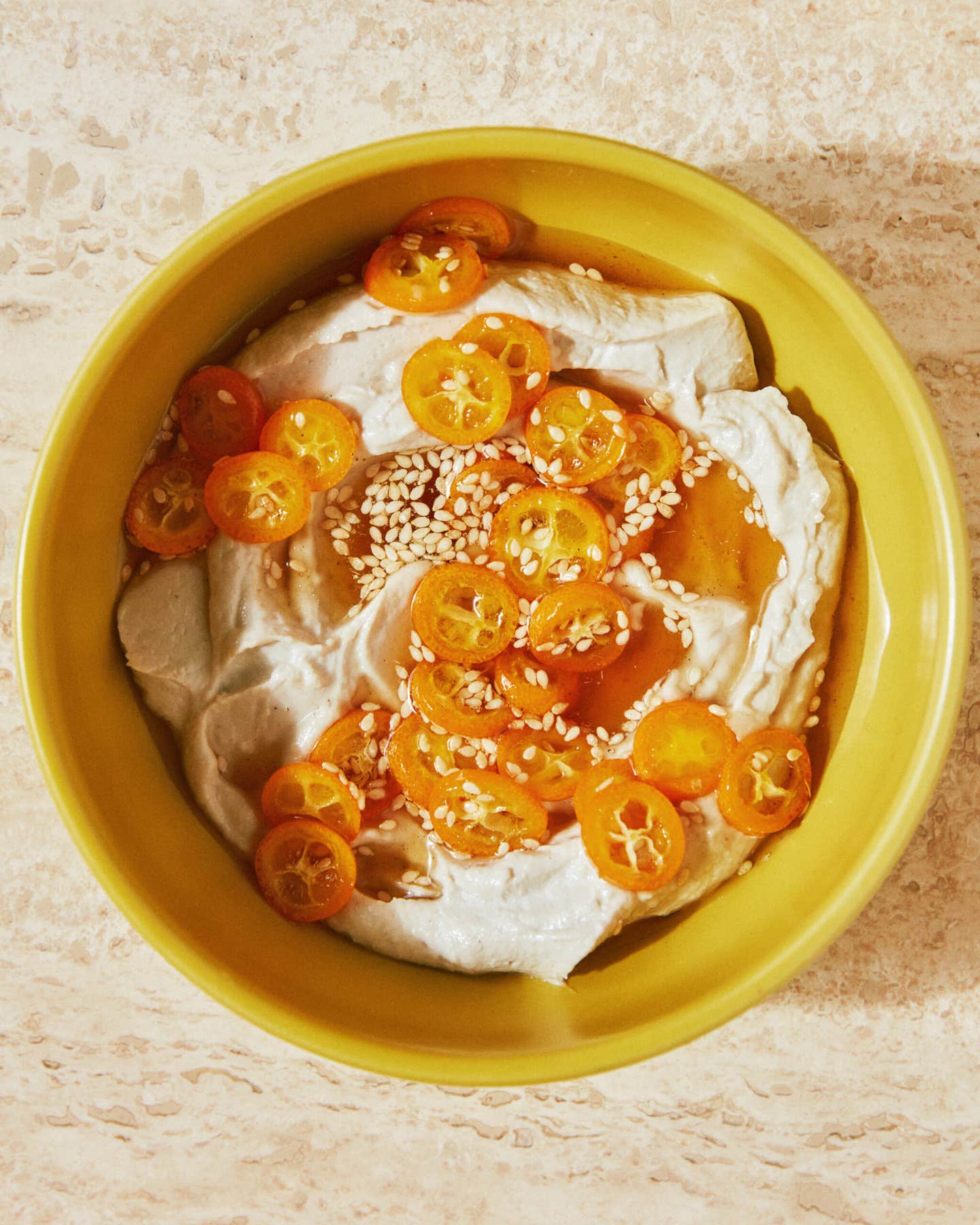
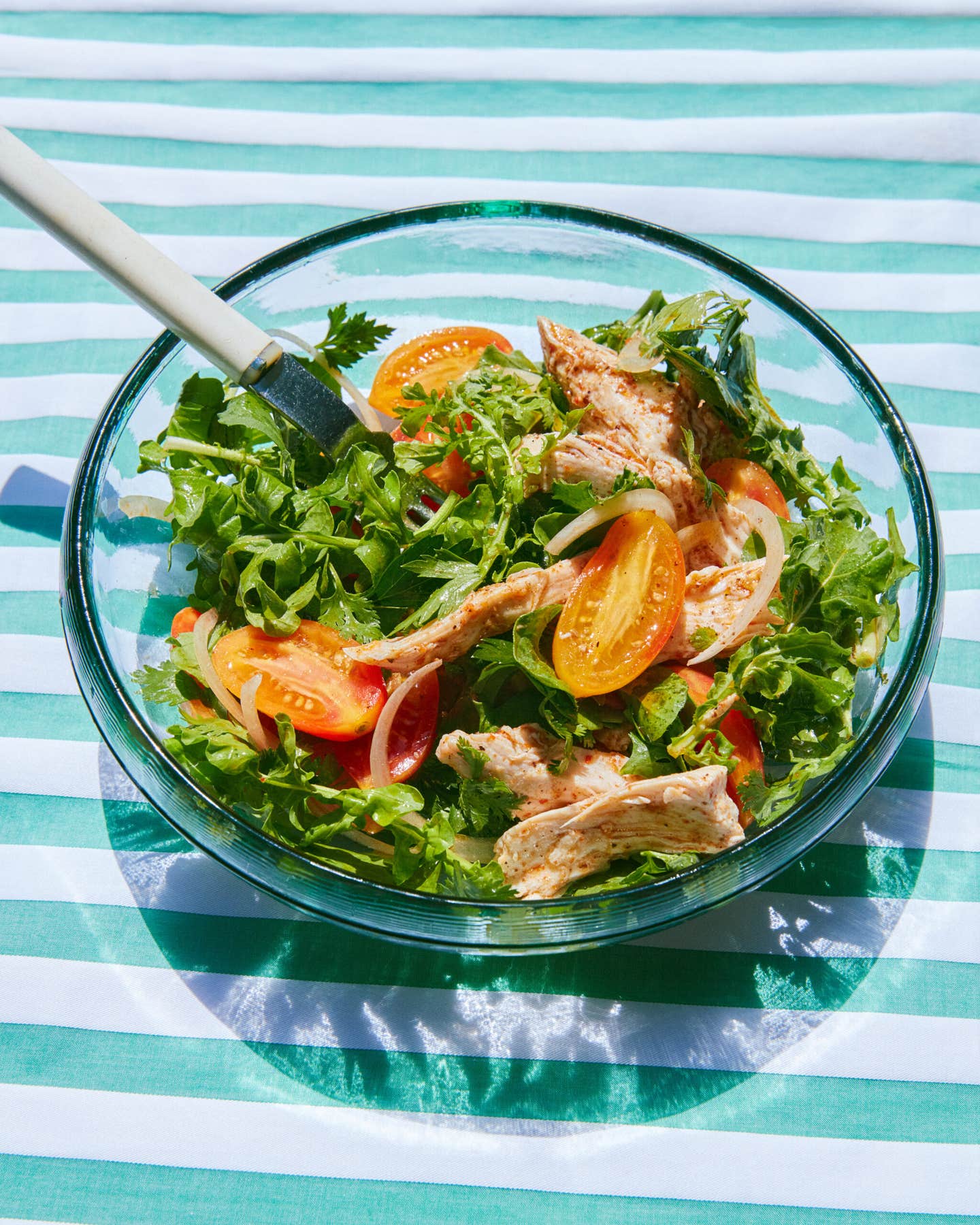

Keep Reading
Continue to Next Story










